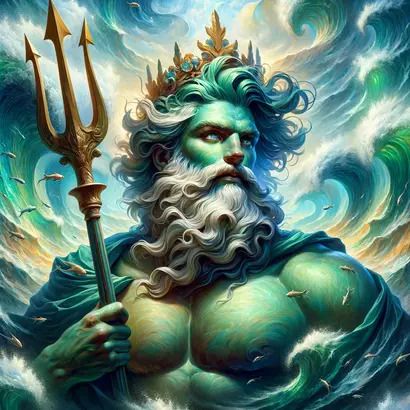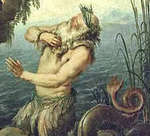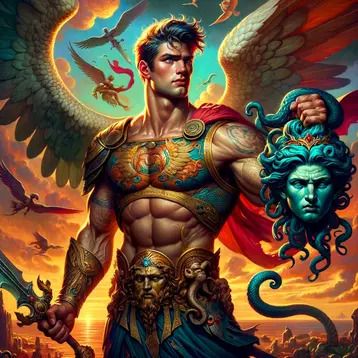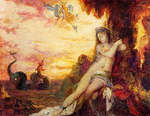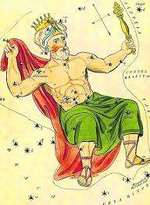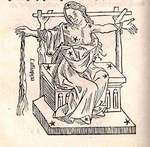
Cassiopeia
Cassiopeia :: The Vanity of the Aethiopian Queen
Cassiopeia, a name associated with several figures in Greek mythology, is most famously known as the queen of Aethiopia. In myth, she is portrayed as a figure of exceptional beauty but also of great vanity and pride.
Hubris and Its Consequences
The defining trait of Cassiopeia in Greek mythology was her hubris, or excessive pride. She boasted that she and her daughter, Andromeda, were more beautiful than the Nereids, the sea nymphs and daughters of the sea god Nereus. This claim did not sit well with the gods, particularly Poseidon, who was angered by her arrogance.
Poseidon's Wrath
As a punishment for Cassiopeia's hubris, Poseidon unleashed his wrath upon the kingdom of Aethiopia. In some versions of the myth, he sent the sea monster Cetus to ravage the coast. In others, he caused the lands to flood. These calamities threatened the kingdom, leading to desperate measures.
The Sacrifice of Andromeda
Seeking to appease Poseidon and save their land, Cassiopeia and her husband, King Cepheus, consulted an oracle. The oracle decreed that their daughter Andromeda must be sacrificed to the sea monster. Thus, Andromeda was chained to a rock by the sea as an offering to Cetus. However, her fate took a turn when the hero Perseus arrived, saving her and killing the beast. Perseus and Andromeda eventually married, a union that formed one of the famous love stories in Greek mythology.
The Celestial Punishment
Despite the resolution of the crisis, Poseidon decided that Cassiopeia should not go unpunished for her vanity. In a unique form of retribution, he placed her in the heavens, tied to a chair that revolves around the pole. This celestial punishment meant that for half of the time, Cassiopeia would hang upside down, an eternal reminder of the consequences of hubris.
The Constellation of Cassiopeia
The constellation of Cassiopeia, visible in the northern sky, is said to represent the queen tied to her chair. It serves as a stark image in the night sky, a reminder of the story of vanity and divine punishment that has been passed down through generations. The constellation is easily recognizable by its distinctive 'W' shape, representing the throne to which Cassiopeia is bound.
Cassiopeia Q&A
Link/Cite Cassiopeia Page
Written by: The Editors of GreekMythology.com. GreekMythology.com editors write, review and revise subject areas in which they have extensive knowledge based on their working experience or advanced studies.
For MLA style citation use: GreekMythology.com, The Editors of Website. "Cassiopeia". GreekMythology.com Website, 30 Nov. 2023, https://www.greekmythology.com/Myths/Mortals/Cassiopeia/cassiopeia.html. Accessed 26 April 2024.

